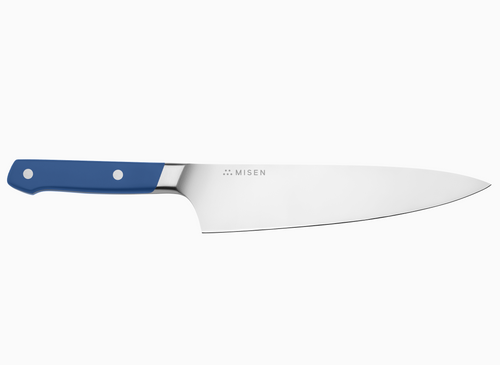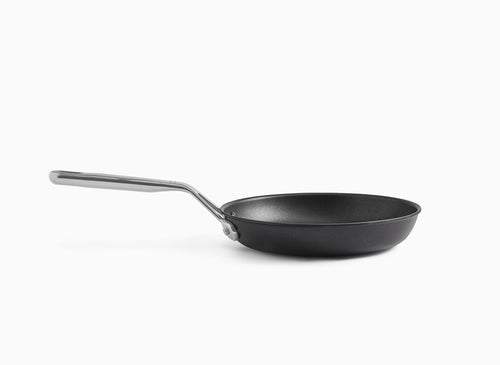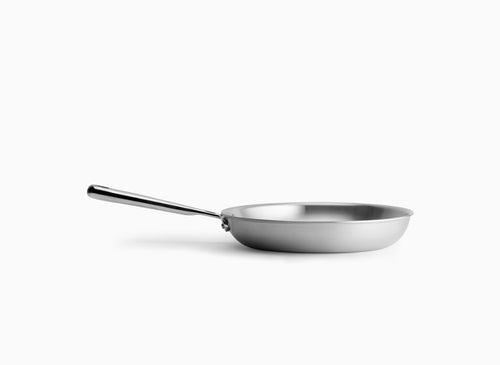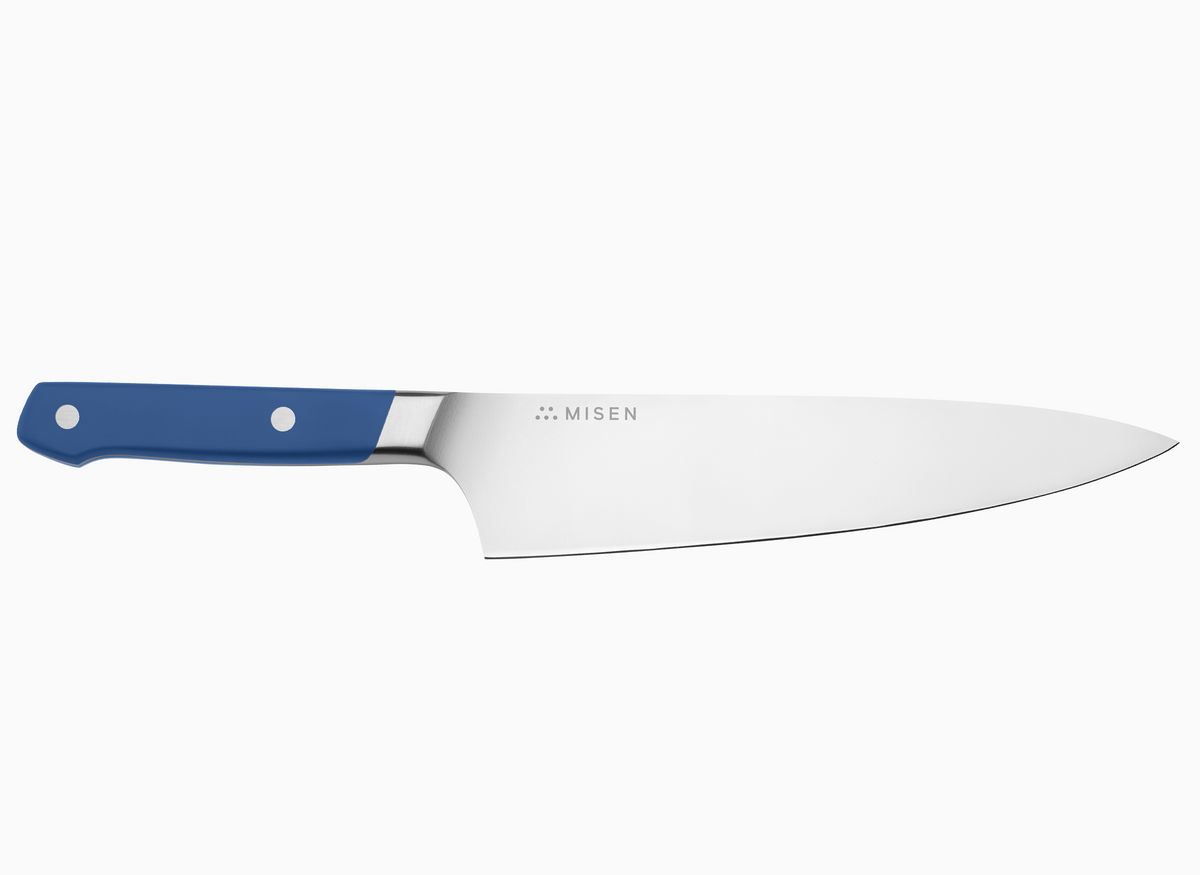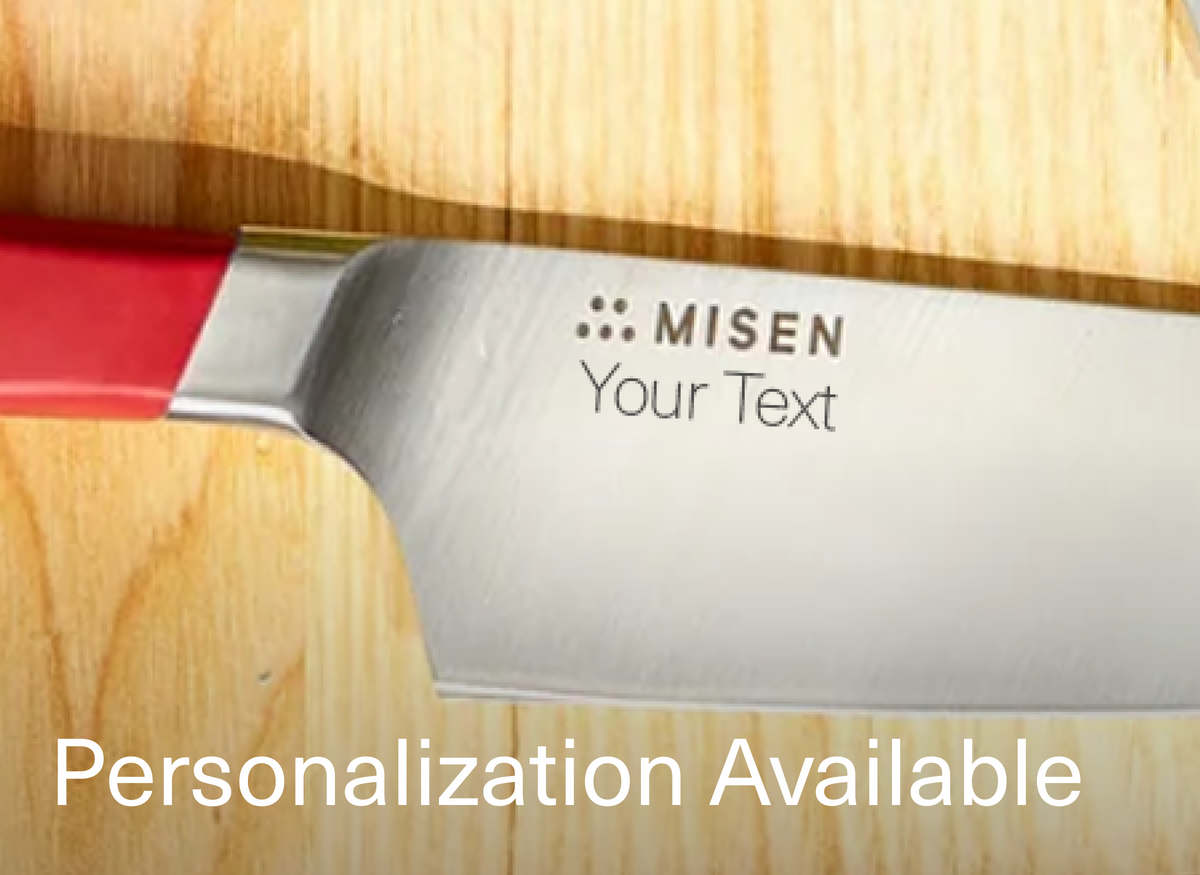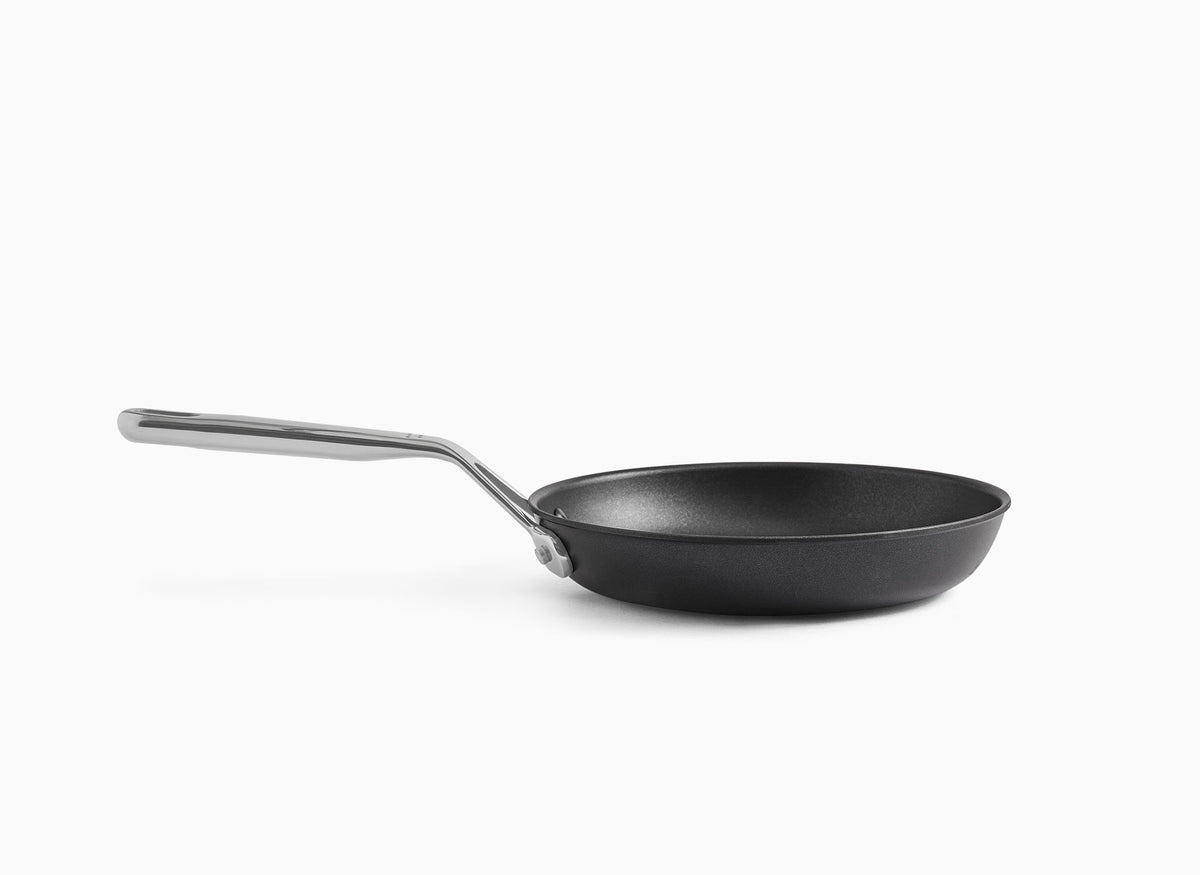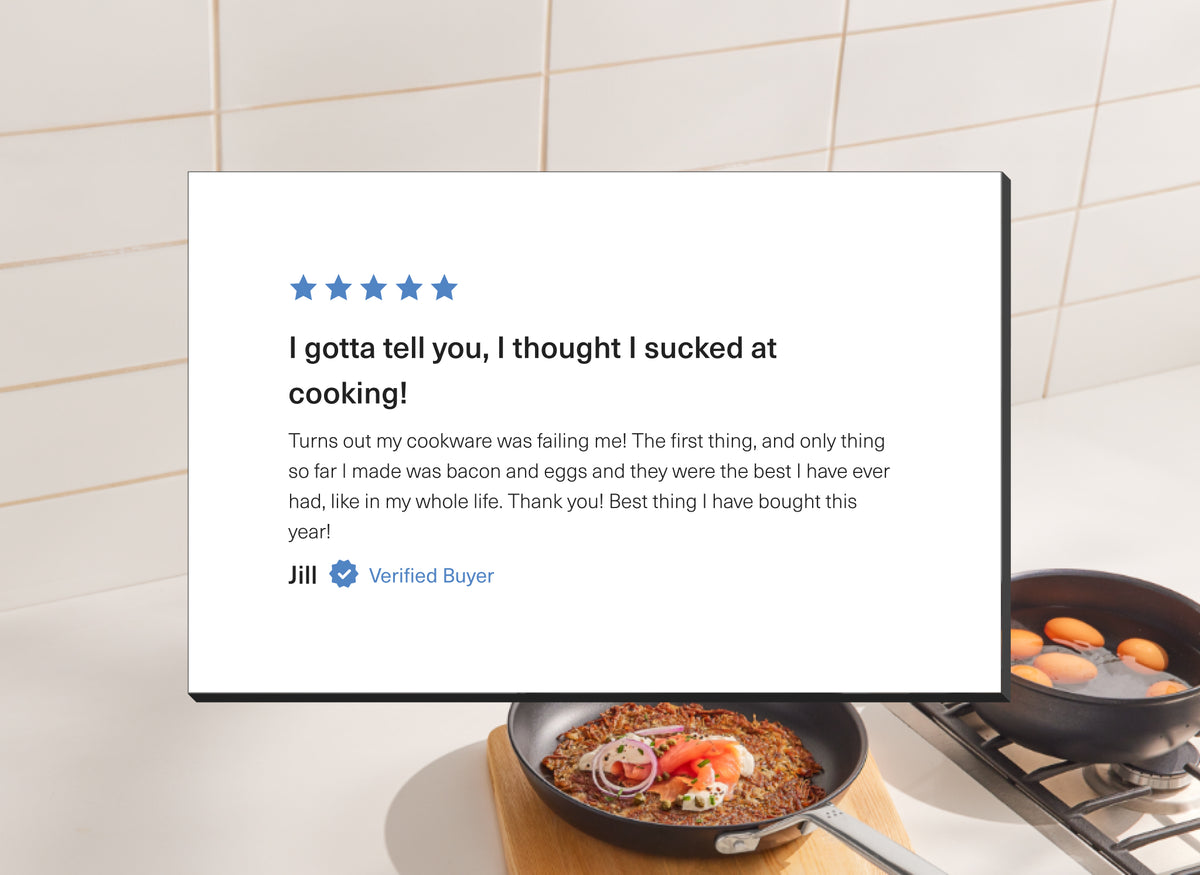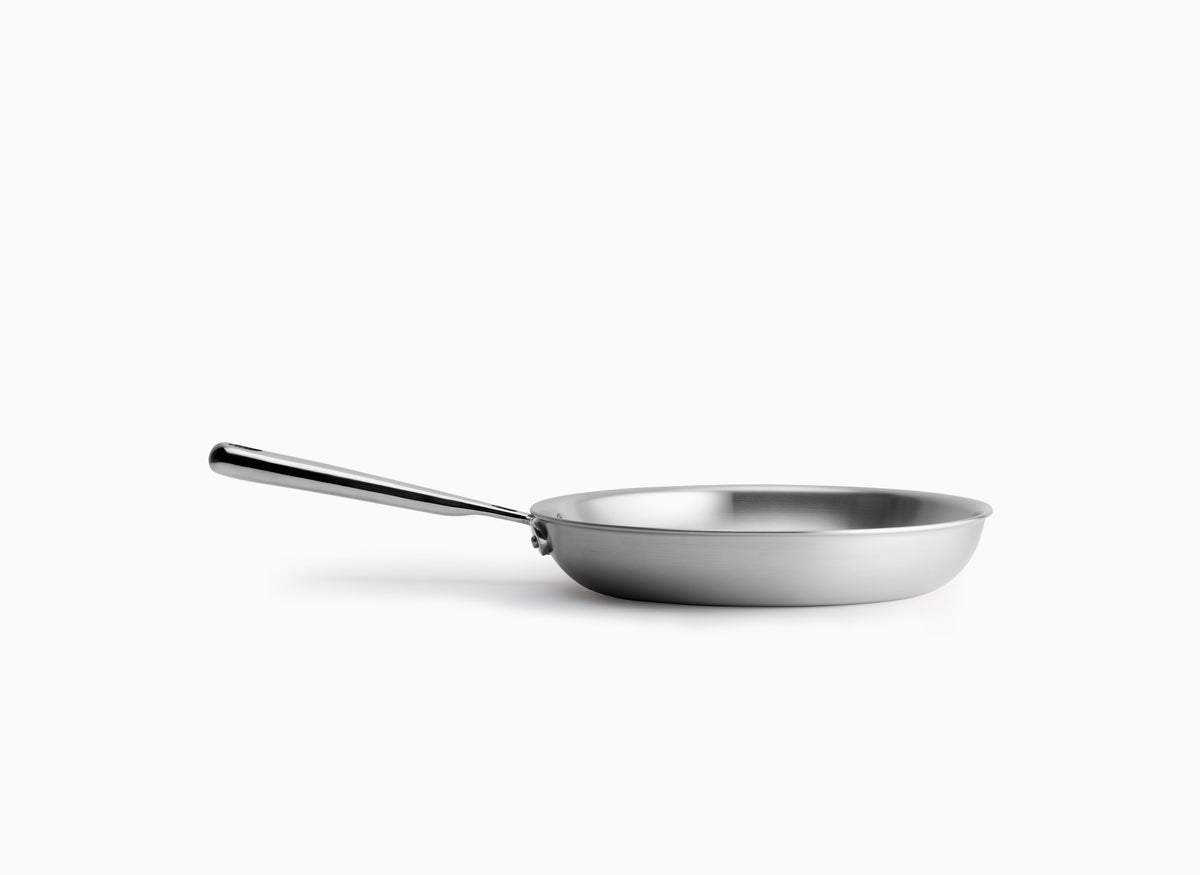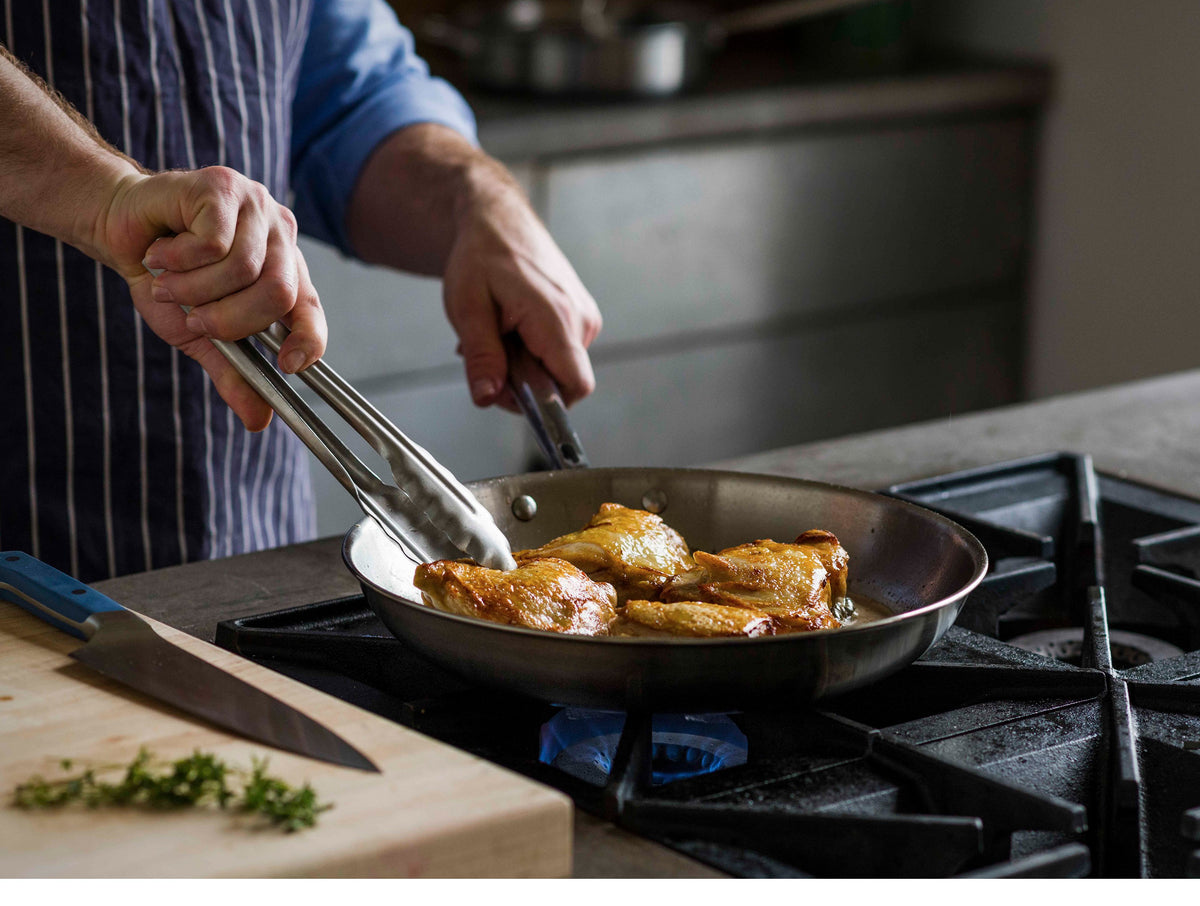What Is the Best Wood for Cutting Boards?
 The choice of wood for your cutting board dictates how it fares against knives, stains, and moisture.
The choice of wood for your cutting board dictates how it fares against knives, stains, and moisture.
- When choosing a good cutting board, you should consider dimensions, wood hardness, wood grain, and toxicity.
- All wood cutting boards are made from one of three types of grains: face grain, edge grain, or end grain.
- The main types of wood for cutting boards are maple, walnut, cherry, beech, teak, and bamboo (which is actually a hard grass).
The history of the wood cutting board is the history of cooking itself. For as long as people have been cutting their food, they have needed surfaces to cut on. And wood was perfect for the job. Trees were ample, readily available, and soft enough not to damage their tools (as compared to, say, a rock). Over the centuries, wood cutting boards became a fixture in many kitchens.
These days, wood cutting boards are polished and plentiful. There are store aisles and web pages full of options, and locating the right cutting board for a fair price is no easy task — though we know our favorite.
Heavy or light? Maple or bamboo? Feet or no feet? These are the most important features to keep in mind as you consider all your cutting board options.
What to Look for in a Good Cutting Board
When dealing with wood — an organic, textured material — there are things like firmness, porosity, toxicity, and grain. These characteristics dictate the usability, food safety, and lifespan of a cutting board, and are what you should look for in your search for the perfect one.
Dimensions
Cutting boards come in many sizes — from a palm-sized 6x8 inches to a gigantic 24x18 inches. Many sources will tell you that when it comes to cutting boards, bigger is better. And they’re right.
Although good for slicing cheese and mincing garnishes, small cutting boards are limiting. Using anything bigger than a paring knife on them can result in some awkward knife gripping or even a dangerous accident.
Check if a cutting board is big enough by laying the knife diagonally across its surface: There should be an extra inch of board on both sides of the knife. This ensures there's enough space for the knife to slice to its full length with room to spare for the ingredients.
Wooden boards don’t vary much in thickness, falling somewhere between 1/2-2 inches. Even so, if given the choice, the general rule is: The thicker the wood board, the less likely it is to warp or split. Thick boards take longer to absorb liquid, which helps them retain their shape through time. They're also heftier and better able to hold their place on countertops, creating a safer work environment in the kitchen.
Hardness
There are two major types of wood — softwood and hardwood. Softwoods are typically evergreen, cone-bearing trees, such as hickory, cedar, pine, and redwood, while hardwoods are leaf-bearing trees that produce fruits or nuts, like cherry, mahogany, maple, oak, and teak. Hardwoods tend to grow slower and are, therefore, more dense, which makes them the best choice for cutting boards.
If all this tree talk is confusing, don’t worry — there’s a test for it. The Janka hardness test, created by Austrian wood researcher Gabriel Janka in 1906, measures the relative hardness of wood. Calculated by pounds of force (lbf). Numbers at the low end of the spectrum indicate a softer wood (balsa takes the lowest spot at 22), while highs of 4,000-5,000 denote a harder wood (the Australian buloke is 5,060).
A wood that is too soft will be easily scratched and damaged. Too hard may cause a knife to come down hard on the surface and possibly dull with repeated use. For one that is just right, a good number is anywhere between 900-1,500. That includes cherry (995), walnut (1,010), bamboo (1,180), and maple (1,450).
Wood Grain (or Porosity)
 The small pores on closed grain wood prevent liquids from seeping in, while the larger pores on open grain wood absorb liquid.
The small pores on closed grain wood prevent liquids from seeping in, while the larger pores on open grain wood absorb liquid.
Another decisive factor is wood grain. Technically, wood grain refers to the direction, size, and surface appearance of a cutting board’s wood cell fibers. Tangibly, it’s what makes a piece of wood either smooth or coarse.
Look for wood that is closed grain, which means it has smaller pores (invisible to the naked eye), and a smooth finish. Open grain wood has larger pores that easily absorb bits of food and liquid, quickly turning into a breeding ground for bacteria, mold, and stains.
Wood that holds onto liquid is also more prone to warping or deforming over time. Warping is caused by the millions of micro-movements wood makes every time it absorbs and releases moisture. Given wood’s organic composition, some parts will absorb and release faster than others, which causes stress and change in the wood’s shape.
Toxicity
Not all wood is food safe. Wood toxicity takes the form of irritation, rash, runny nose, swelling, and even poisoning or intestinal disorders. A good rule of thumb is to stick to varieties that are already known to produce edible fruits, nuts, leaves, or sap (i.e., cherry, maple, walnut).
Exotic woods, although pretty, are best left out of the kitchen — they haven’t yet been cleared for culinary use, and there’s always a possibility their toxins may be absorbed into food.
Aside from the wood, all cutting board components — glue, conditioners, finishes — should be verified as non-toxic. Avoid substances that claim to “fights odors,” as well as anything that contains triclosan or petroleum distillates.
Extra Features
Some cutting boards go the extra mile and offer a few nifty added features. You can find boards with handles for easy carrying and storage, as well as ones with textured grips on the bottom side to prevent any slips and slides while chopping.
For cooks who work with a lot of raw meat or fruit, there are cutting boards with “juice grooves” or trenches around the perimeter of the board, which are very effective for collecting any liquid runoff.
Some cutting boards even come with feet. This is both aesthetic and practical — not only is the raised surface perfect for presenting hors d’oeuvres and cold cuts, it also makes cleaning and drying the board much easier. Keep in mind that feet are only recommended for heavier styles that have enough weight to keep the board in place.
The Best Choices for Cutting Board Wood
 The best type of wood for cutting boards are hardwoods with a closed grain.
The best type of wood for cutting boards are hardwoods with a closed grain.
Based on the above criteria, you want a hardwood with a closed grain. This is the winning combination for a cutting board that’s durable, scratch-resistant, and won’t get grimy. The best wood species for this can be whittled down to the following few:
Maple
Maple is the industry standard when it comes to wooden cutting boards — specifically hard maple or sugar maple wood. At 1,450 lbf on the Janka scale, it provides an excellent cutting surface that wears well against daily chopping but doesn’t ruin a good cutting edge. Its dense closed grain and small pores are also effective for blocking bacteria.
While maple’s neutral color and subtle grain are a natural match for every kitchen, it’s hard to hide stains on its lighter-toned surface — we wouldn’t recommend leaving freshly sliced beets or turmeric roots on a maple cutting board.
Ash
Ash is an excellent cutting board material. Though it’s ring-porous, Ash rates about 1,300 lbf on the Janka scale and makes a hard, durable cutting surface. It also usually has a pleasantly light tone that makes it a beautiful addition to your kitchen.
Acacia
While not as common, Acacia performs very well in the kitchen. Strains of this fast-growing hardwood range from around 1,170 to 1,720 lbf and higher on the Janka scale, which makes them sturdy enough for years of daily use. Acacia boards also tend to be less expensive and can come in a variety of shades.
Walnut
Walnut is another heavy favorite and is almost the exact opposite of maple. It’s one of the softest closed grain hardwoods, at 1,010 lbf, which is great on knives but also more prone to scratches. Walnut is prized for its rich, dark hue that can effectively mask everyday stains, as well as lend a chic look to your countertop.
Cherry
If going by color alone, cherry is the pick of the bunch. A thick slab of deep red wood looks amazing no matter what you do with it.
Beech
Beech is a tree that hails from Europe and has many similarities to maple. It’s almost equally hard (at 1,300 lbf), just as hard-wearing, and effective at warding off dirt. Beech has a creamier, soft-pink tone, which slowly stains to a beautiful red with time.
Teak
Teak cutting boards rose to popularity a few years ago. A tropical orange-brown hardwood grown in Southeast Asia, teak’s resistance to mold and warping — even in wet environments — makes it perfect for boat fixtures, outdoor furniture, and recently, kitchen cutting boards.
Thanks to teak’s closed grain and rich natural oils, water is unable to seep in. And as compared to other types of wood, there’s much less need for any added mineral oil or conditioning.
Teak is high in silica (the same substance found in sand and glass) and has a hardness of 1,070 lbf. This makes it a relatively sturdy and scratch-resistant surface, but may also dull your knife blade with frequent use.
Bamboo
Bamboo is the environmentalist’s choice. Technically not a wood but a hard grass, it is sustainable, renewable, and needs no chemicals to grow or harvest. (A bamboo sprout reaches full maturity in 3-6 years, while maple trees take over 30 years.)
Bamboo has a hardness rating of 1,380 lbf — greater than many varieties of wood. It is high in silica and resistant to water and scratches, but it’s also relatively hard on knives.
Still, bamboo cutting boards — with their light hue and fine grain — make a beautiful, modern serving tray. And when you’re not using your beloved chef’s knife — like when you’re slicing bread or cheese — bamboo cutting boards are a great option.
The Types of Wood Grain
 Cutting boards can be made with three different surfaces — face grain, edge grain, and end grain.
Cutting boards can be made with three different surfaces — face grain, edge grain, and end grain.
Any piece of lumber has three surfaces: face grain, edge grain, and end grain. The choice of grain determines the cutting board’s appearance, as well as the effect it has on your kitchen knives.
Face Grain
Face grain is considered the most attractive because it shows the full fibers of the wood. Long, narrow slats are glued together at their shorter ends, with the grain running horizontally along the board (similar to a wood tabletop or cupboard door).
Face grain is the most affordable of all the grains. However, it’s also the most susceptible to scratches from a knife’s blade. Since cutting is done across the grain, any damage on the board is also very easy to see.
Edge Grain
Edge grain is a step up in both quality and price. It’s similar to face grain in construction (the grain runs horizontally), but uses the thicker sides, or “edge” of the wood. The resulting board still shows a fair amount of scratches but is more durable and less prone to warping than face grain. An edge grain cutting board can be a good place to start, especially if you’re looking for a lighter, thinner model.
End Grain
This is the preferred choice among many professionals for its hard-wearing characteristics and traditional chopping block silhouette. Rather than long slats, end grain cutting boards take the smallest side of the wood slats (the side with the tree rings) and arrange them in a checkerboard pattern. Together, the many pieces make up the cutting board surface.
In end grain boards, the wood fibers are exposed to create a “self-healing” surface. A knife’s edge essentially goes in between the fibers, and when the knife lifts, the fibers close right back up. This catch-and-release mechanism reduces the amount of scratches on the board and is also much gentler on knives.
End grain boards, however, often come with a greater amount of glue seams (to connect the numerous wood pieces) and added maintenance. The fibrous surface causes oil to evaporate very quickly, and requires more conditioning to keep it in fine cutting form.
How It All Stacks Up
There’s so much more to a cutting board than just providing a flat surface. From board size to pore size, it’s all the tiny features that will make or break a seemingly good cutting board. Start with your ideal in mind. What will you be cutting? How often will you use it? Do you want your board to double as a serving platter? From there, you’re sure to find the perfect wood cutting board.
